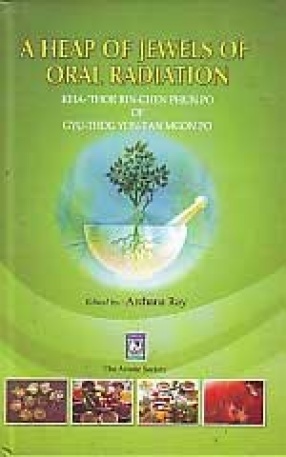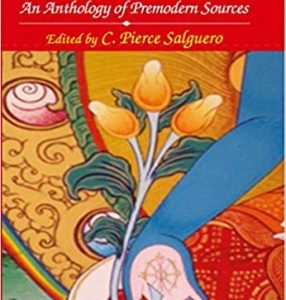
Tibetan Medicine

67 books

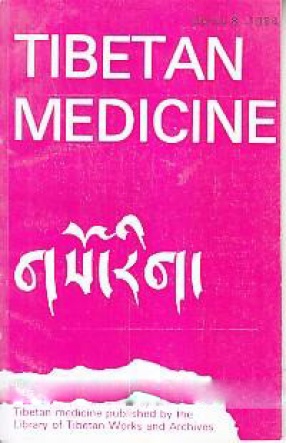
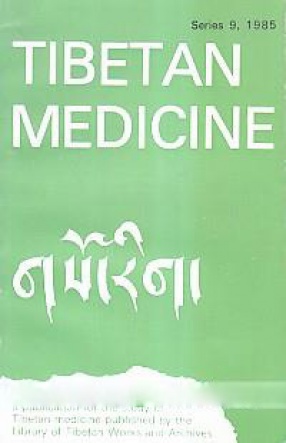
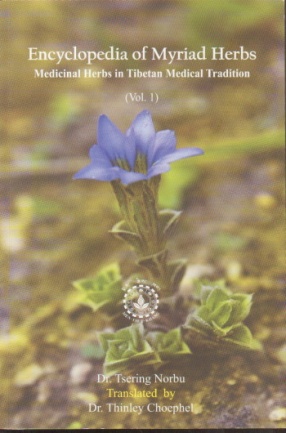
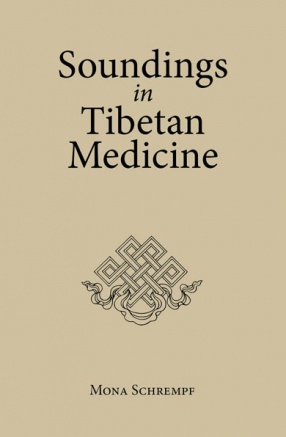
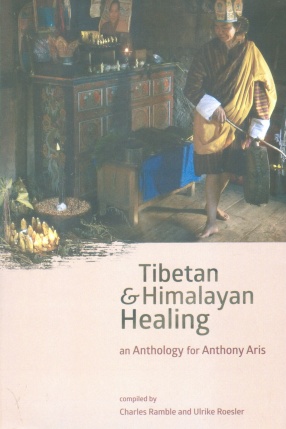
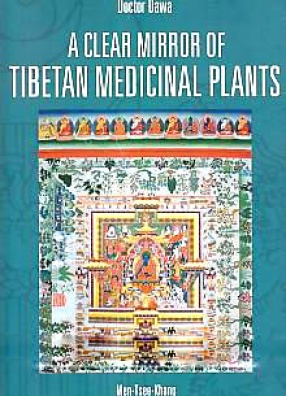
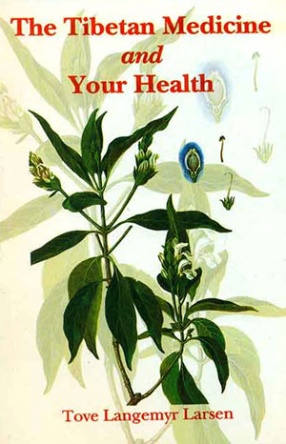

Texts from across the Buddhist world list illness along with birth, aging, and death as the four great torments that inevitably accompany life in a human body. Since Buddhist doctrine at its very core is focused on the relief of all forms of suffering (Skt. duḥkha), Buddhist writings and practices frequently address the question of how to cope with this particular tribulation. Mainstream Buddhist doctrine seeks to mitigate the suffering of illness by stressing ...
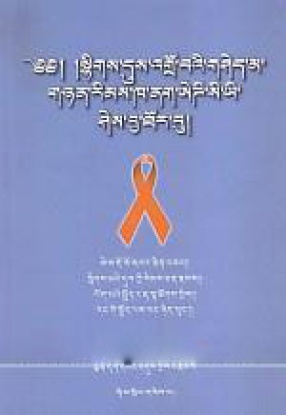
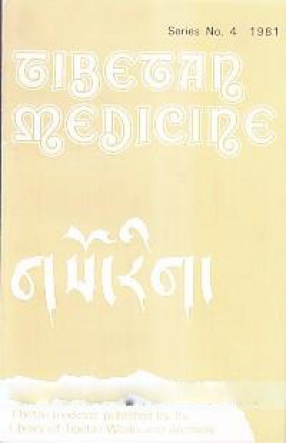


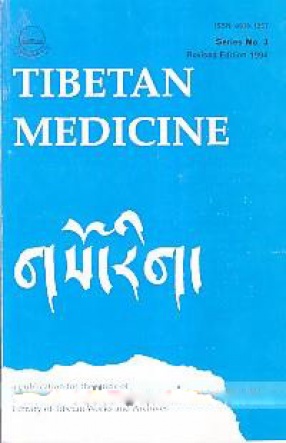

Natural medicinal substances are indispensable sources for treating diseases as well as benefiting the physical health of human society. As early as the period around the 3rd century A.D., the use of natural medicinal substances in treating diseases like bleeding, wounds, etc. became widespread. Gradually, innumerable scholars came into being, out of which emerged Yuthok Nyingma Yonten Gonpo (706-832 AD), who is regarded as Tibet’s greatest physician. He ...
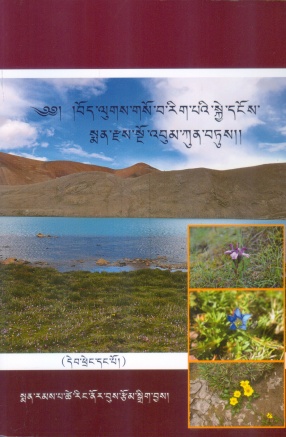
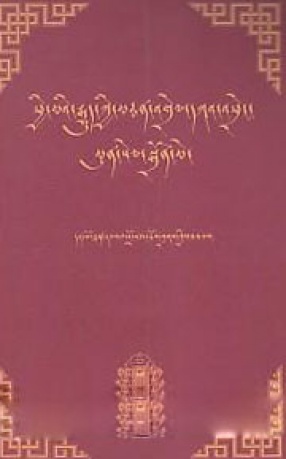

A series of important academic articles and essays on Tibetan medicine and related subjects.
Includes: Engaging the Subtle Body by Barbara Gerke; Spirit Causation and Illness in Tibetan Medicine by Geoffrey Samuel; Bon Lineage Doctors by Mona Schrempf; Sherpa Beliefs and Western Medicine by Susan Heydon; Himalayan Medical Encounters by Alex McKay; Modernising Medicine at Lhasa'a Mentsikhang by Vincanne Adams; Embryology and Embodiment in Tibetan Literature by ...
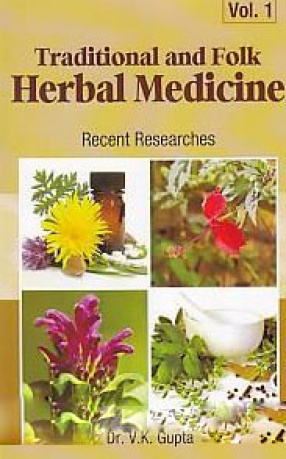
Contents: Foreword. Preface. 1. Complemantary Therapy with Traditional Herbal Medicines in Obstetrics and Gynecologic Disorders-I: Abortion, Pseudopregnancy, Lactation and Mastitis/Murside Ayse Demirel, Ipek Suntar and Esra Kupeli Akkol. 2. Complementary Therapy with Traditional Herbal Medicines in Obstetrics and Gynecological Disorders-II: Menstrual Cycle and its Disorders, Reproductive Performance and Menopause/Ipek Suntar, Murside Ayse Demirel and Esra Akkol. ...

We all know the cause of ill-health: germs and ciruses; and, of course, genetic propensity. To these we should add: the ripening of recent or ancient karma; predatory demons and witches; adverse astrological configurations; the retaliation of earth-gods angered by humans' callous treatment of the environment; spilling milk on the stove. The treatment is also well known: allopathic care, whether Western, Tibetan or Ayurvedic; or the accumulation of merit to ...
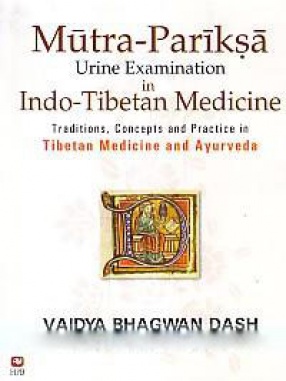
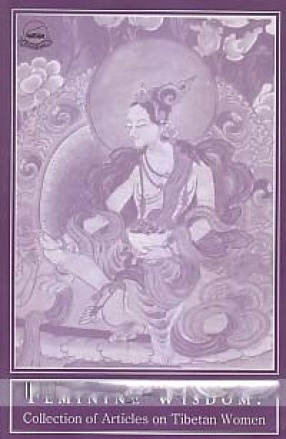
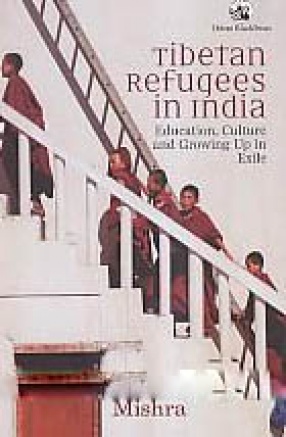
This book seeks to address the key issues concerning Tibetan refugee community in India. Offering a nuanced understanding of their socio-cultural and educational reality, it describes the steps taken by the community to preserve their civilization in exile.
Focusing on how education for the Tibetan community, as conceived by the Tibetan Government-in-Exile, is not only about protecting and preserving their tradition, but also engaging with modernity, it ...
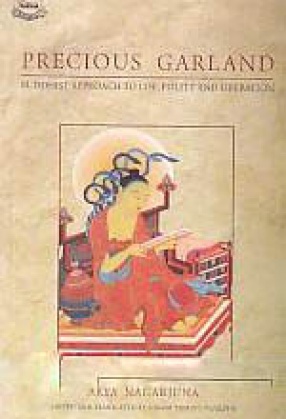
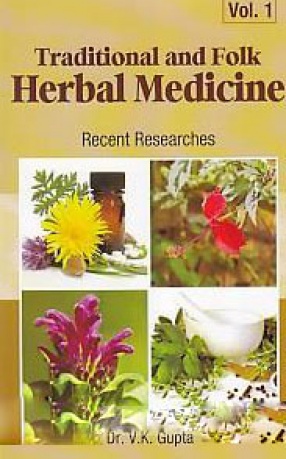
In the present volume of the book series “Traditional and Folk Herbal Medicine: Recent Researches- Vol. 2” an attempt has been made to cover the major topics on the subject. The book is written in a lucid style and includes nineteen review and research articles contributed by scientists from various countries across the globe and especially from Bangladesh, Brazil, China, Ethiopia, India, Malaysia, Portugal, South Africa and U.K. to quote a few ...
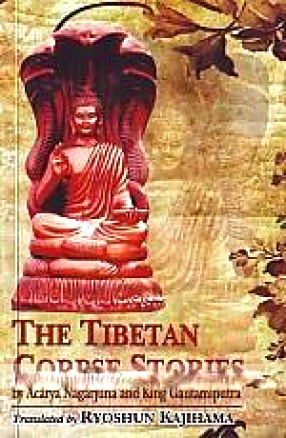


Tibetan medicine is about 2500 years old. And some of its elements are even older, about 5000 years or more. The author had a cancer treatment with serious and chronic side effects, and turned to alternative medicine for help. A Tibetan friend had a dream of getting a Tibetan doctor to Norway, and this is how it all started, in 1986, with Dr. Lobsang Wangyal, personal physician of H.H. the Dalai Lama who visited Norway, treating patients with diverse chronic ...
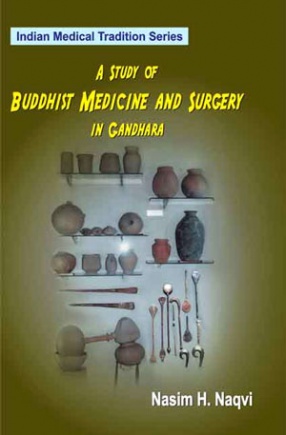
This study approaches Buddhist Medicine and Surgery by comparing the medico-social events, people who were involved in it and the tools they used; from mainly three civilisations of contemporary period, the Greeks, Romans and Buddhists who prospered in Gandhara. The interactions of all three people for long periods in history are well documented; the study raises the obviously intriguing question why in some areas they influenced each other markedly but not at ...

Tibetan medicine is a complete medical system. It is called gSo-ba Rig-pa, or the science of healing, and is based on the four medical tantras called rGyud-bzhi.The present book includes:- theory and practice of Tibetan Medicine, historical background, diagnosis, treatments and therapies, tips for healthy diet and lifestyle.
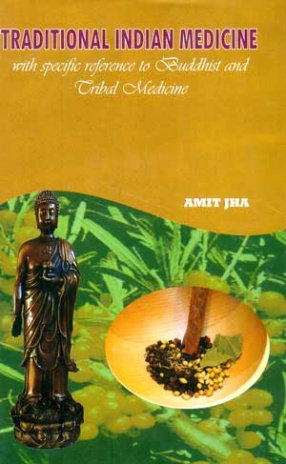
Traditional medical science in India, is to some extent, gradually accumulated practical and systematic knowledge. They are (viz. Ayurveda, Siddha, Unani, etc.) very ancient, deep rooted and codified. They have their origins in the remote past, their systematisation and canonisation gave rise to the elite (the Greater Tradition) medical science.This work has been organized around two interrelated themes: (a) to highlight the existence of the Ayurveda, Buddhist ...
